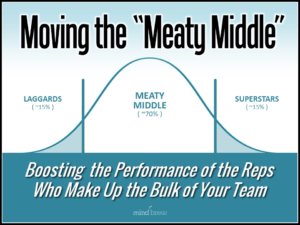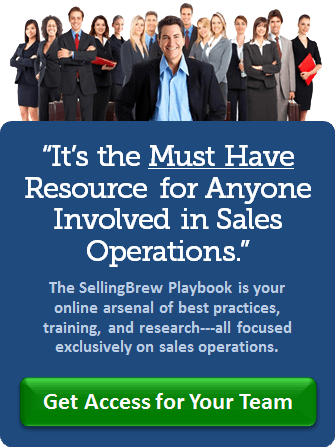It’s difficult to identify something with as much leverage as a sales proposal. After all, delivering a sales proposal is very often the final “yes/no” step that every other sales and marketing activity is leading up to.
In fact, improvements at this critical leverage-point can help make your entire sales effort much more efficient, effective, and profitable.
But how do you know if you have a problem? How do you know if your sales proposals aren’t as effective as they really could be? How can you tell if your sales proposals are really helping…or actually hurting?
We recently spoke with Reuben Swartz, the founder of Mimiran and an expert with decades of experience helping companies create sales proposals that close faster with better margins. Over the course of this 50-minute interview — Creating More Powerful Sales Proposals — Reuben shared dozens of valuable insights for our subscribers and we learned some of the tell-tale signs of weak sales proposals and proposal processes:
- Inconsistent proposal format and presentation. If all of your proposals look like they could’ve come from different companies, there’s a pretty good chance that the content and performance is hit-and-miss, too.
- No strategic and/or value-reinforcing messaging. If your proposals only talk about “what” and “how much”, you’re missing a huge opportunity to reinforce your value and differentiate from competitive alternatives.
- Time-consuming and/or long turnaround times. If it takes your salespeople days to turnaround a proposal, you’re not only losing sales productivity—you’re leaving yourself exposed to faster-moving competitors.
- No visibility into activity on the recipient’s side. If your salespeople send proposals into the ether and then wonder whether prospects have even read them, you’re missing-out on critical insights that today’s technology can deliver.
- Lack of different solution/price-point options. If your proposals are only presenting prospects with one option, you’re losing sales and margin-dollars that could be captured by giving prospects a choice between good, better, best.
Because sales proposals have so much leverage on close-rates and margins, they are far too important to ignore or leave to the personal preferences of individual salespeople.
So, take a look at the sales proposals that your team has sent out recently. Evaluate them using the criteria and indicators outlined above. Even if there’s room for improvement in only one or two of these key areas, those performance gaps could make a huge difference to your numbers next quarter.










